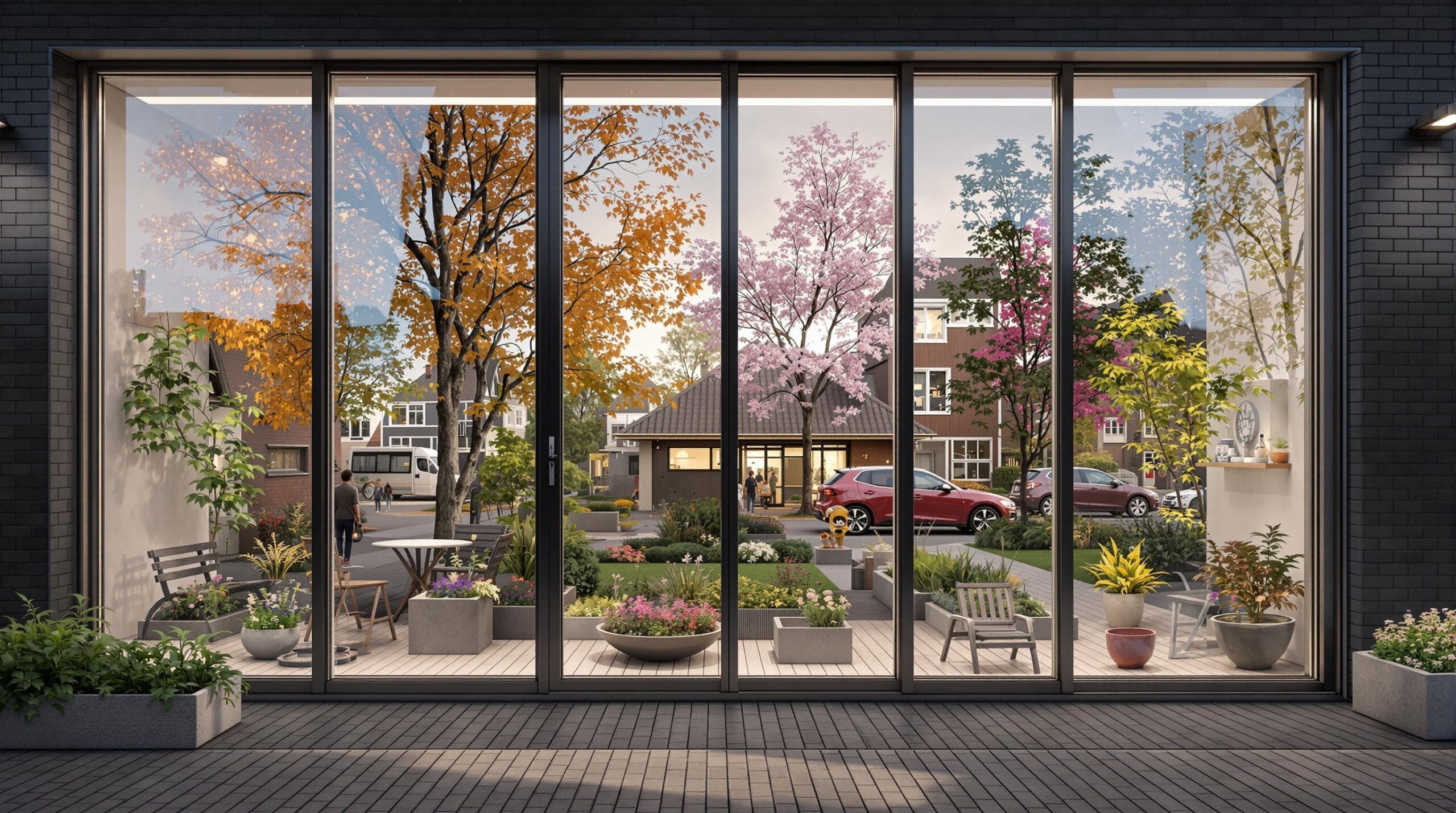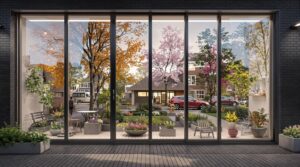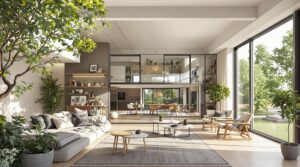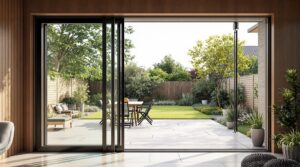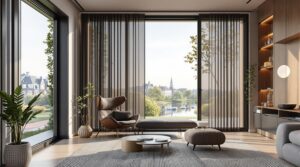Community-Centric Home Designs: Windows That Connect You to the Neighborhood
As the world becomes increasingly urbanized, the importance of community connection and social interaction has become a focal point in modern home design. In the Netherlands, where community-oriented living is deeply ingrained in the culture, home designers and architects are now incorporating community-focused window design elements to foster a stronger sense of neighborhood connection. In this article, we will explore the concept of community-centric home designs, with a particular emphasis on windows that connect you to the neighborhood.
Introduction to Community-Centric Home Designs
<p.Community-centric home designs prioritize the creation of spaces that promote social interaction, a sense of community, and connection to the surrounding neighborhood. This approach to design recognizes the importance of building relationships with those around us and the positive impact it can have on our mental and emotional well-being. In the context of Dutch home neighborhood connection, community-centric designs aim to bridge the gap between individual homes and the community, making neighborhoods more cohesive and supportive.
Key Principles of Community-Centric Window Design
When it comes to interactive window designs, several key principles can help achieve a more community-focused approach:
- Visual Connection: Windows that provide a clear view of the surrounding neighborhood, allowing residents to observe and engage with their community.
- Accessible Interface: Designs that incorporate features such as built-in seating, planters, or other interactive elements that invite residents to engage with the outdoors and their neighbors.
- Sustainable Materials: The use of eco-friendly materials in window construction that not only reduce environmental impact but also contribute to a healthier indoor and outdoor environment, further enhancing community well-being.
Benefits of Community-Centric Window Design in the Netherlands
The implementation of can have numerous benefits for residents and the community as a whole. Some of these benefits include:
- Enhanced Community Engagement: By providing spaces that encourage interaction, residents are more likely to form connections with their neighbors, leading to a stronger, more supportive community.
- Improved Mental Health: The opportunity for social interaction and a greater sense of connection to the community can significantly improve mental health outcomes, reducing feelings of loneliness and isolation.
- Aesthetic Appeal: Community-centric window designs can also add to the aesthetic appeal of a neighborhood, making areas more attractive and inviting for residents and visitors alike.
Practical Tips for Incorporating Community-Centric Window Designs
To incorporate neighborhood-friendly home design principles into your renovation or building project, consider the following tips:
- Consult with a Professional: Work with architects or designers who have experience in community-centric design to ensure your project meets local regulations and community needs.
- Engage with Your Community: Involve your neighbors and local community groups in the design process to understand their needs and preferences, ensuring your design is truly community-centric.
- Choose Materials Wisely: Select materials that are not only sustainable but also durable and low-maintenance, ensuring your community-centric design stands the test of time.
Conclusion: Embracing Community-Centric Home Designs in the Netherlands
In conclusion, the adoption of community-focused window design Netherlands can significantly enhance the sense of community and social connection among residents. By understanding and applying the principles of interactive window designs and socially engaging windows, individuals can contribute to the creation of more cohesive and supportive neighborhoods. Remember, the design of your home, particularly your windows, is not just about aesthetics or functionality; it’s about building bridges within your community. So, when planning your next home renovation or construction project, consider incorporating elements that not only beautify your home but also connect you to your neighborhood.

